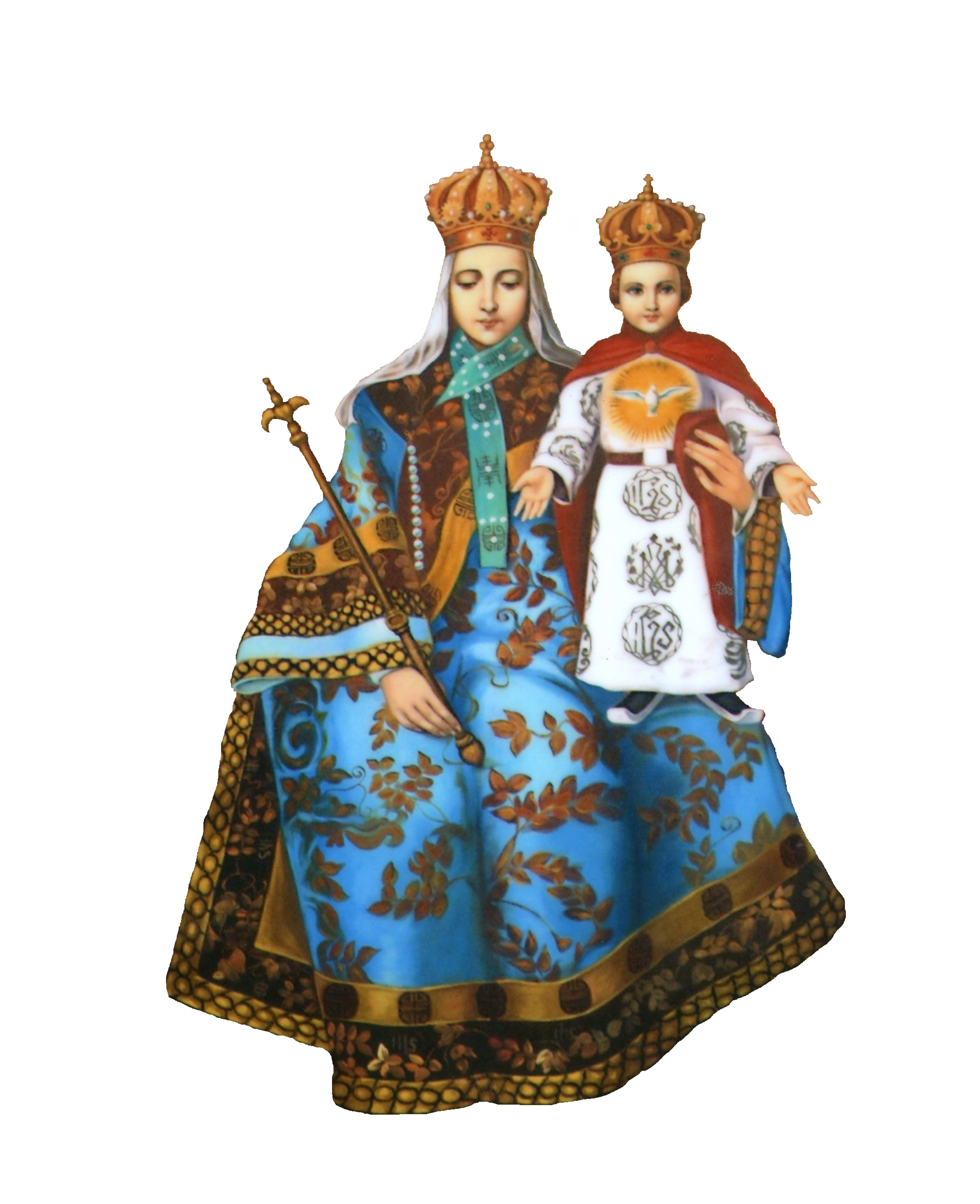ABOUT US

The origin of Our Lady of China

Source of image: Donglü Catholic Church, Hebei, China
Our Lady of China is one of the names given to Mary, Mother of Jesus by the Roman Catholic Church, to memorialize her miraculous appearance in Donglü, Hebei Province.
During the Boxer Rebellion in the year 1900, both foreigners and Chinese Christians were targeted by the rebels, and as a result, many Catholic/Christian communities were forced to form local militias and arm themselves in defense of their homes. In Donglü, where there was a majority Catholic population, word spread of a miraculous appearance of Mother Mary, who protected the local populace. Afterwards, the locals, led by a Lazarite missionary, built a church to thank Mother Mary for her protection, which became a place of pilgrimage in that area. Later, the parish priest, Fr. P. Flament, commissioned a French artist to design an image of Mary with the Child Jesus, wearing Chinese royal vestments inspired by the Empress Dowager Cixi, which was finished in 1908.
In the first Bishop’s Conference of Catholic Church in China, held in Shanghai in 1924, Archbishop Constantini – the nuncio of the Holy See to China – published a prayer dedicating China to Mother Mary’s protection, he decided to use the Donglü painting of Mary in Tang Dynasty clothing as the image of Our Lady of China, and began working to formalize the Donglü church as a Shrine to Our Lady of China.
In May of 1929, the joint pilgrimage project led by Archbishop Constantini and the Bishop of Baoding Diocese began, and eventually developed into an annual pilgrimage by Catholics all around the country. Finally, in 1937, Pope Pius XI approved the application made by the next nuncio, Archbishop Zanin, and made the Donglü Our Lady of China Church into a national shrine.

